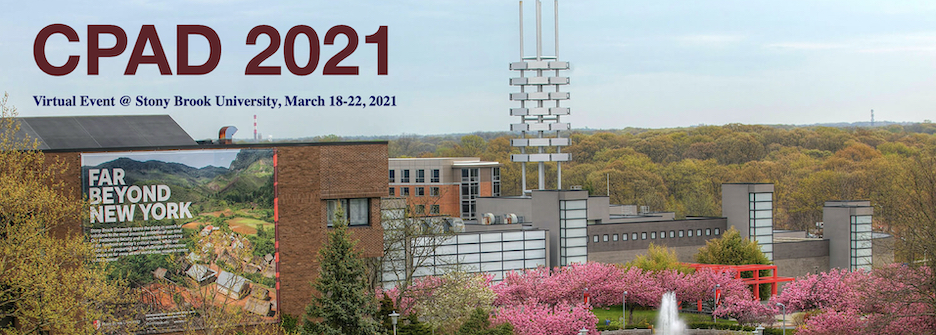Speaker
Description
Digital Frequency Domain Multiplexing (DfMux) is a method of biasing and reading out many Transition Edge Sensors (TES) with an $\mathcal{O}$(1) MHz alternating-voltage bias using superconducting resonators and a Superconducting Quantum Interference Device (SQUID) array amplifier. DfMux has been deployed in several Cosmic Microwave Background (CMB) experiments with a multiplexing factor as high as 68 (including most recently POLARBEAR-2 and SPT-3G), is the baseline readout technology for the future satellite CMB mission LiteBIRD, and is an alternative readout technology for the future ground-based CMB experiment CMB-S4. Recent work has focused on modifications to the cryogenic circuit in order to further improve system performance and scalability for future experiments. Results from recent laboratory measurements will be presented demonstrating improved readout noise and parasitic impedance due to a modification to the cryogenic architecture and the use of a low dynamic impedance SQUID array.
